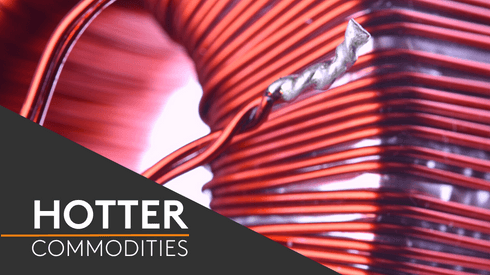Hechi Nanfang, which produces 400,000 tonnes of refined zinc annually, will receive up to 30,000 tonnes of Red Dog zinc concentrates this year, three sources source with knowledge of the matter told Fastmarkets.
Teck Resources and Hechi Nanfang declined to comment when approached by Fastmarkets.
The smelter is also capable of recovering and recycling cadmium, a key criterion to be eligible to bring in Red Dog zinc concentrates which typically contain 0.38% cadmium, previously a hindrance to Chinese importing because restriction limits are placed on impurity levels.
The deal marks a new outlet for Red Dog material, which traditionally sells to Korea Zinc, Glencore and Teck’s own smelter Trail, with additional tonnages going to Nyrstar and Japanese smelters.
Concentrates from the mine form the basis of a partial annual benchmark for the zinc concentrate market, with treatment charges (TCs) agreed by Teck and major customers followed among miners, smelters and traders in deals outside China, the world’s biggest and most active spot market.
China’s imports of Red Dog zinc concentrates started in 2018 following a change in Chinese customs policy for imports that switched 0.30% cadmium content limits from “mandatory” to “recommended”, allowing for a trial shipment of 1,000 tonnes of concentrates to be purchased by Henan Yuguang Zinc Industry.
One year later, China announced a 25% tariff on United States-origin zinc concentrates imports starting June 1, 2019, after trade tensions between the two countries escalated.
Fastmarkets understands that Nanfang either has, or will apply for, a waiver on the tariff in line with more recent Chinese policy.
The deal was settled at a time when the spot zinc concentrate processing charge is at its lowest level since June 2018. Fastmarkets most recently assessed the zinc spot concentrate TC, cif China at $60-74 per tonne on Friday March 26.






